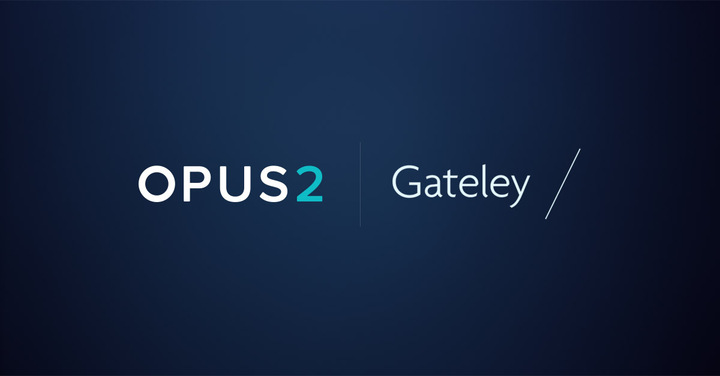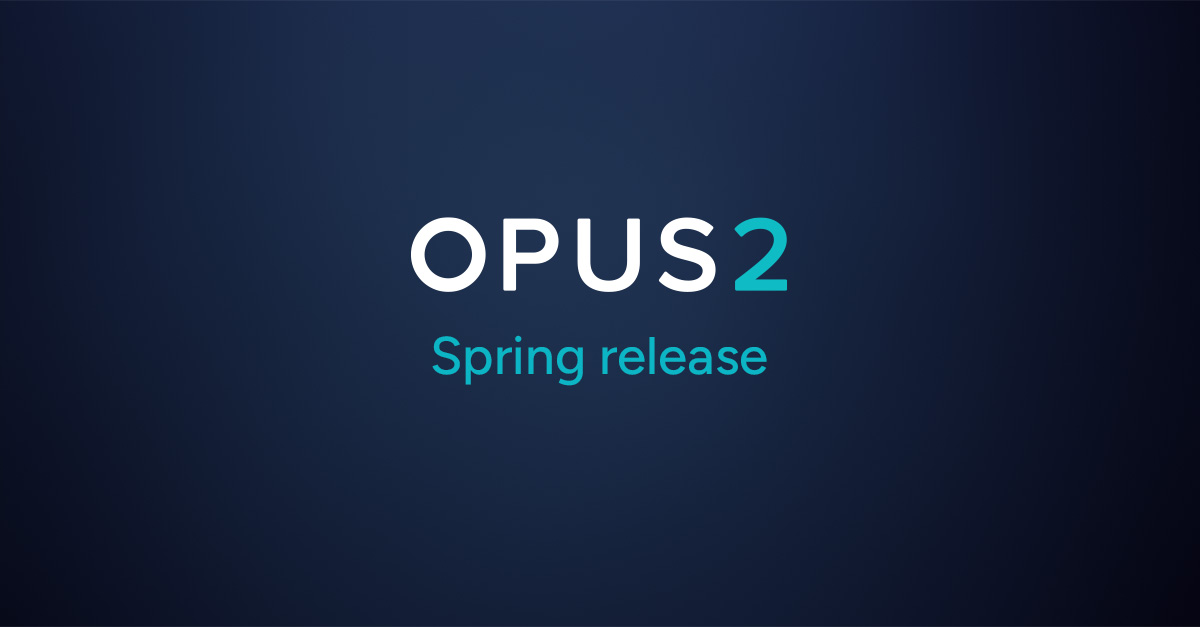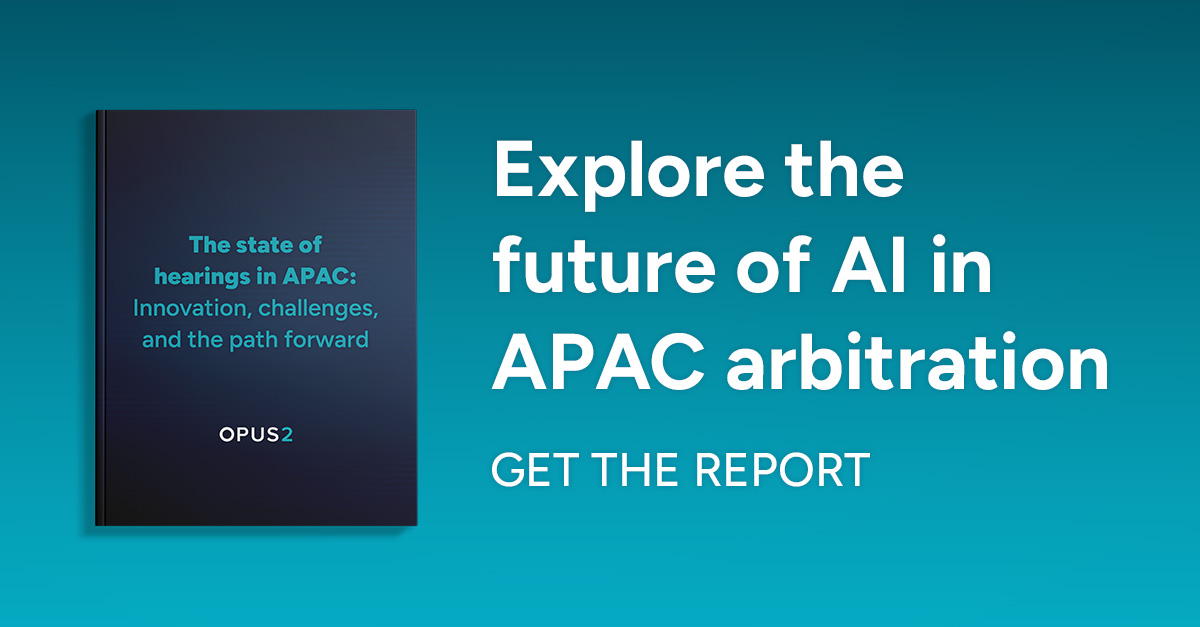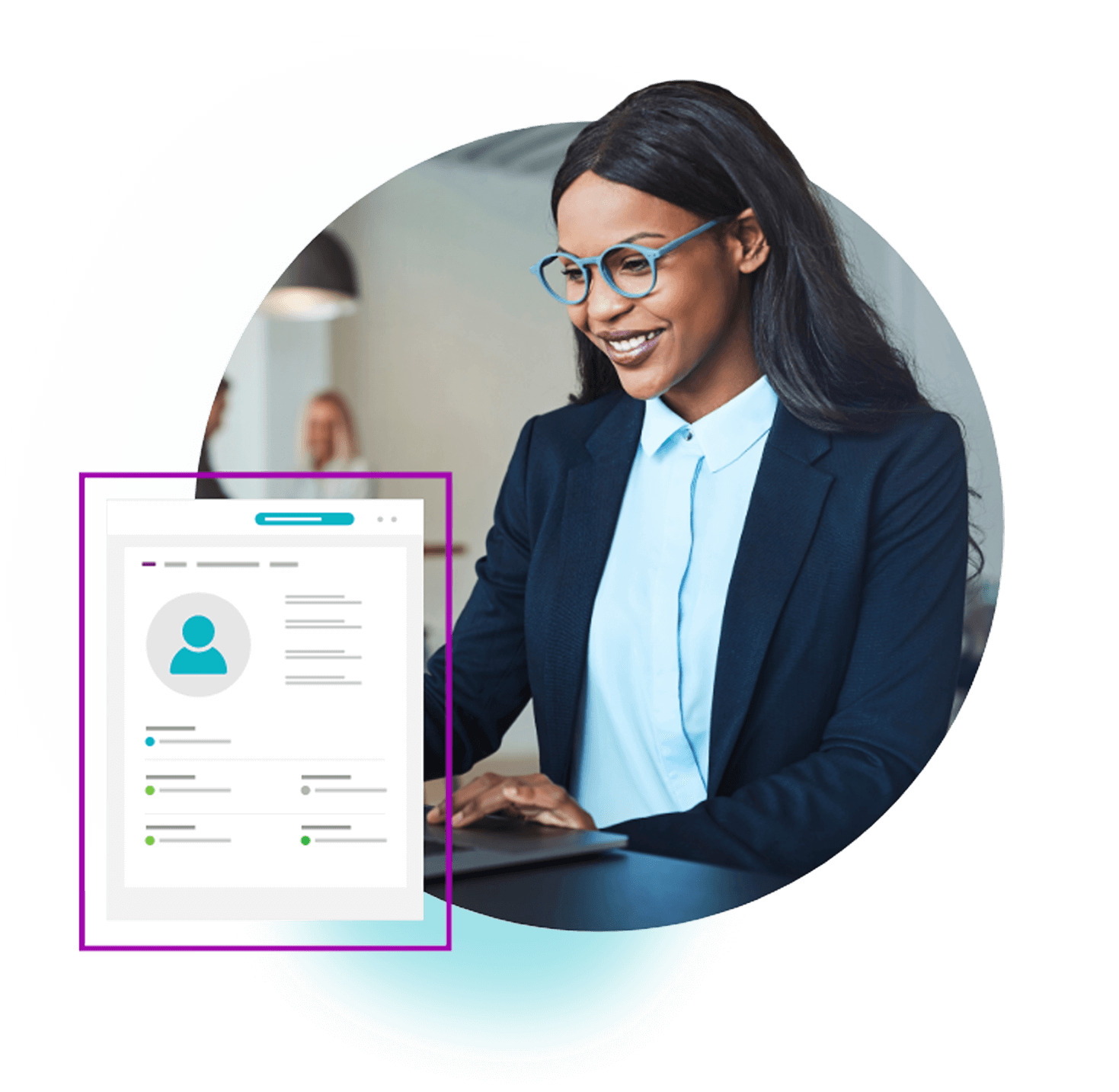For the legal world, the rapid transition to virtual hearings may pose challenges. However, most importantly, it also presents an opportunity to innovate and gain new capabilities.
As virtual hearings have already started taking place globally, several barristers have been sharing their experiences. They have offered support, guidance and inspiration for fellow industry professionals who are facing similar challenges.
To facilitate your transition to this new way of conducting court hearings, we have collated a list of the top tips from these barristers on running successful virtual hearings.
Run technical rehearsals before the official hearing
Following one of the UK High Court’s first virtual hearings, Stewarts, the litigation expert firm, shared one of their key best practices. “Testing of the Zoom platform took place both individually for each trial participant and on join test video conference calls between the parties, as well as with the judge in attendance on the day before the trial”, the post read.
This allowed them to spot any potential issues and resolve them ahead of the virtual hearing, leading to a smooth running of the proceedings.
To minimise the risk of technical glitches on the day, all participants should get together for a technical rehearsal call.
Ensure everyone has access to the necessary hardware and software and that everything is functioning properly – testing whether participants can all hear and see each other is essential.
It’s also important to facilitate training and ensure all parties fully understand the capabilities of the technologies being used such as muting/unmuting, joining/leaving the call, turning the camera on/off, screen sharing etc.
Have an instant messaging platform in place
“We used Skype chat. Being able to clarify points, take instructions etc as a team and without having to pass (often indecipherable) post-it notes back and forth is a significant advantage of remote hearings.” explained Andrew Parkinson QC in relation to a recent virtual hearing he participated in.
Good communication across your team is vital to running a successful virtual hearing. Replace the post-it notes usually passed along in the hearing room with a group chat on an instant messaging platform, such as Whatsapp, Skype or Slack.
This will allow you to communicate rapidly and share thoughts during the trial with the solicitors, counsel and client teams. Remember to ask permission from the judge before the hearing to be using your phone during the proceedings.
Adopt electronic bundles
The need for searchable bundles is emphasised by Christopher Sharp QC, as he outlines that “it is certainly clearly the case that a searchable bundle, ideally with hyperlinks in the index, makes the process of navigating around several hundred pages much easier”.
Over the last few weeks, many legal teams have experienced the benefits of switching to electronic bundles, as they allow access to a centralised, secure, up-to-date source of information.
For instance, by using Opus 2’s electronic bundles, your comments or changes to bundles are instantly synchronised and accessible to all authorised users of your case team, globally. What’s more, you can annotate, highlight text, add hyperlinks, search for key words, and access any relevant information within seconds.
Use a second screen for better visibility
Carine Patry QC, shares her advice after attending two virtual hearings: “My top tip is to have a second screen at home. This allows you to browse documents on your second screen whilst still being able to see everyone on the call. I couldn’t manage without this now, and it has really meant that I have cut down almost completely on printing.”
As the hearing unfolds, it can be difficult to juggle monitoring documents and evidence being displayed as well as paying attention to the judge and the other parties, all on one screen – so why not consider an upgrade?
Position your video conference window strategically
During a virtual hearing, attention to detail can be an ace up your sleeve. Small things can make a difference, as with the loss of face-to-face interaction, it becomes increasingly important to pay even more attention to the judge, their body language and reactions.
Arnold Ayoo, Barrister at 23 Essex Street, explains the importance of positioning the video conference window fairly centrally, near the camera: “This means that looking towards the video-app window equates to looking towards the judge, rather than having to look to the left or right”.
This will reassure the judge that you are fully focused and engaged with them, leading to a better interaction.
If you’re looking for assistance with planning and conducting virtual hearings, don’t hesitate to get in touch, our team is here to help.








